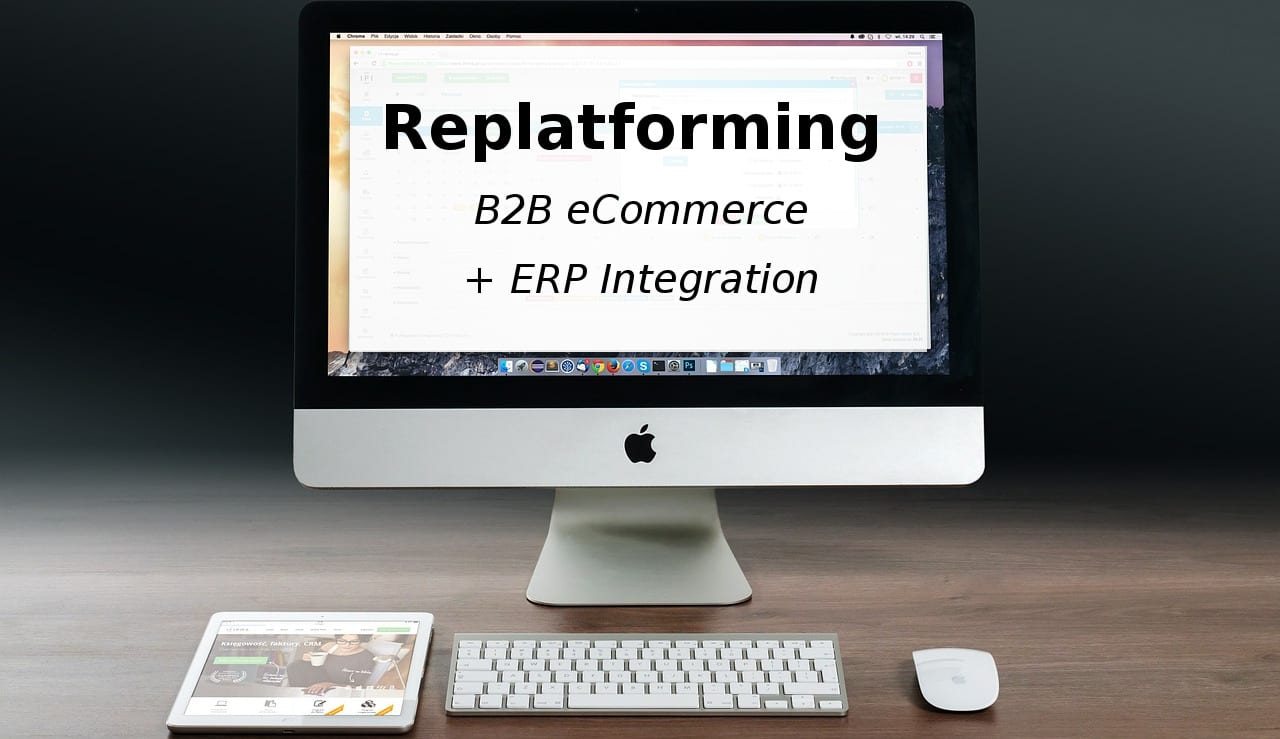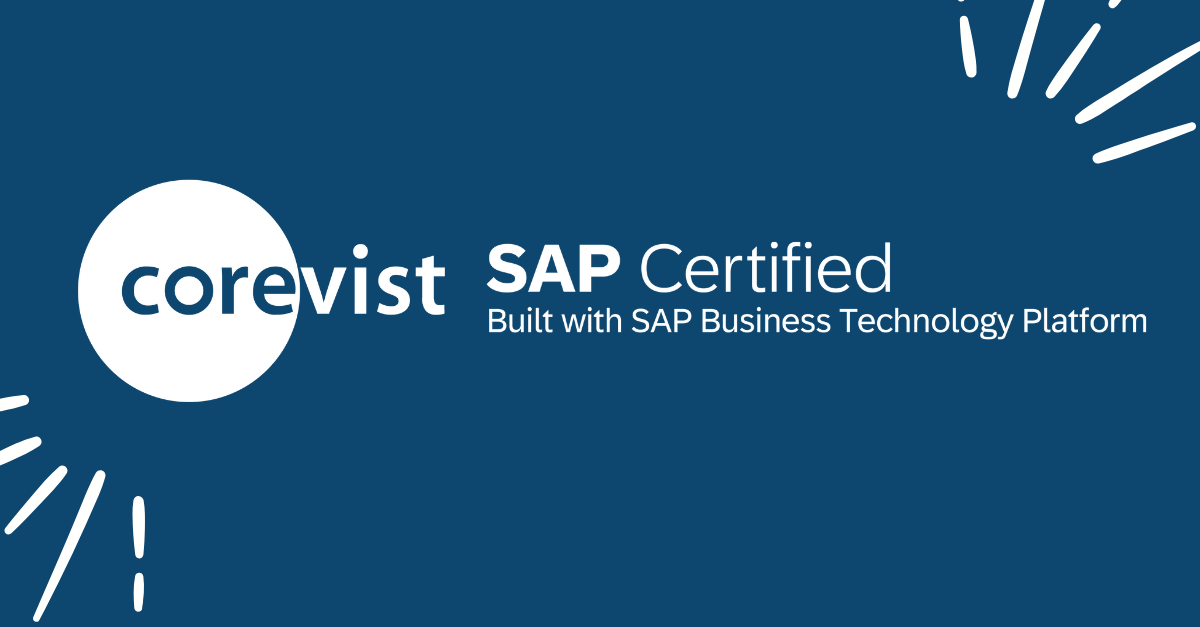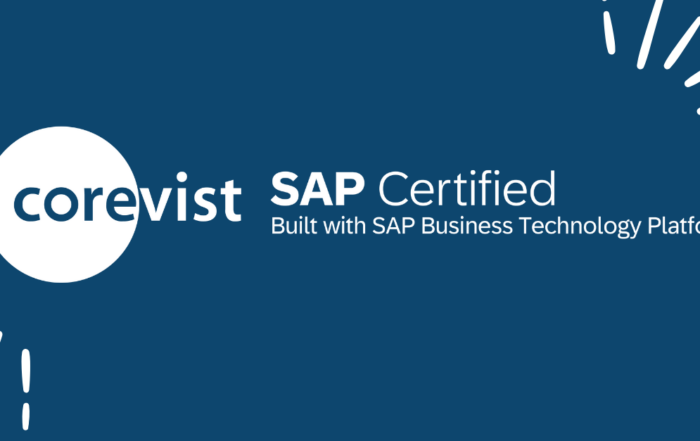Share
Author
George Anderson
Share
The adaptability of Corevist
The B2B eCommerce market is maturing. As software offerings improve and competitors adopt eCommerce, the pressure on midmarket B2B firms grows—pressure to provide a B2C-style store that integrates to your ERP. Prospects are telling us how their legacy commerce platform just isn’t cutting it. Even if it’s well-integrated to the ERP, the old eCommerce store is often too difficult for customers to use, too difficult to update, and doesn’t offer the control of UX that a B2C-style experience requires.
The age of B2B replatforming is here
At Corevist, we sometimes see a client who wants to replatform while maintaining the tight interface to SAP that our web services provide. We believe that replatforming for marketing purposes shouldn’t interfere with your eCommerce interface to SAP. We’re happy to say that our web services are unaffected by the move.
Moving Corevist’s SAP integration to Drupal
In particular, we’d like to share a project with you that we worked on with 50,000feet, a world-class design firm based in Chicago. Our mutual client wanted to replatform their B2B eCommerce store onto Drupal. The catch–what would happen to the eCommerce interface to SAP that Corevist provides?
Our CEO, Dr. Sam Bayer, recently sat down with Adam Innes, Senior PHP Developer at 50,000feet. They talked about the nitty-gritty of moving to Drupal while maintaining a tight integration to SAP.
Sam Bayer: So a mutual client of ours moved from their old CMS to Drupal. Why make such an expensive move?
Adam Innes: Their existing CMS had a high maintenance cost. On top of that, honestly, it just wasn’t serving the client’s particular needs very well. When they tried to build out more of the site to be consumer-facing, it proved a bit unwieldy.
There was a concept in development—selling directly to consumers. They wanted to diversify, doing B2C alongside B2B. So it made a lot of sense to integrate their existing CMS with Drupal. But for the type of commerce they have, displaying real-time product info from SAP, it actually made more sense to use Drupal exclusively. Drupal Commerce is an e-commerce system, so we were able to plug our current calls to Corevist into the Drupal system. It’s the same information—price, order number from SAP, and so on. The APIs call the same information, but now that information displays in a new eCommerce platform. The end result is still simpler for their team. It just didn’t make sense to maintain two separate CMS platforms, which becomes rather cost-prohibitive and inefficient.
Sam: So if I was to summarize what you just said, the decision to move off the platform was fundamentally a strategic decision. Their new direction didn’t justify the heavy lifting of their legacy eCommerce platform.
Adam: Exactly. The new solution allows them to do any of the types of commerce they want to do. The biggest reason was to bring everything CMS-related under one roof. It’s too expensive to maintain 2 separate CMSs.
Sam: I couldn’t agree more. The thing that got me interested in the story is what it says about Corevist. Our solution is architected more loosely, and our web services integration to SAP is able to handle the move without any problems. So you were able to drop one CMS in favor of another, and Corevist serves real-time SAP data to whichever CMS they choose. I guess the moral of the story is—consider the business problem. Don’t get sold on bells and whistles. What do you really need? Start and end there.
Shifting gears here… what role did Corevist play in your meetings with the client’s SAP guys? Did we add value in the meetings? Or would you have prefered to talk to the SAP guys directly?
Adam: We aren’t as versed in the programming language ABAP, so that required some conference calls between the client’s SAP team, Corevist and 50,000feet. I really appreciated working with Corevist as a go-between.
When something breaks, which does happen, it might be an issue with the website or an issue with SAP. There’s sometimes debugging between the client’s SAP team and Corevist to figure out a solution, which has been relatively simple since you seem to speak each other’s language.
Sam: That’s so good to hear. That’s a big part of our value proposition—we speak both SAP and web. It’s like mediating amongst the parties. Communication is so important!
Adam: Agreed. Coordinating our development efforts to make Drupal work with SAP was super-straightforward. We just took the API calls from Corevist and plugged them into Drupal–and you guys sent over documentation, which was helpful. We were able to hit all the services that SAP offers through Corevist, which makes life easier for a B2B eCommerce developer.
Sam: Do you often work with other SAP APIs for eCommerce integrations?
Adam: We had a project where we hit a web service, and they offered one up—like SOAP—but not through a 3rd party company like Corevist. Honestly, this was super easy as far as the integration.
Sam: The thing I like to fantasize about, as the real value, between you guys and us—my experience is that the SAP world doesn’t always get the web. They don’t get what people are trying to do on the web. The SAP world is full of security, complexity, their own techno-babble. It’s hard to have a productive meeting with them. Really, Corevist’s raison d’etre, both in technology and people, has been to create that middleman between folks like yourself and folks in that SAP glass house. The more you have to work with them directly, the more you tear your hair out. I bet you would go to your management and say, “I don’t want to work with them anymore.” The fact that you haven’t had a lot of those hair-pulling sessions is a testament that it’s working.
Adam: It was a fantastic experience to develop for your API. I know how tough it can get, integrating to ERPs. This project was a breeze in that regard.
Sam: Wonderful! I’m so glad we made it easy. Hopefully we’ll work together again in the future. Till then… onward and upward!







